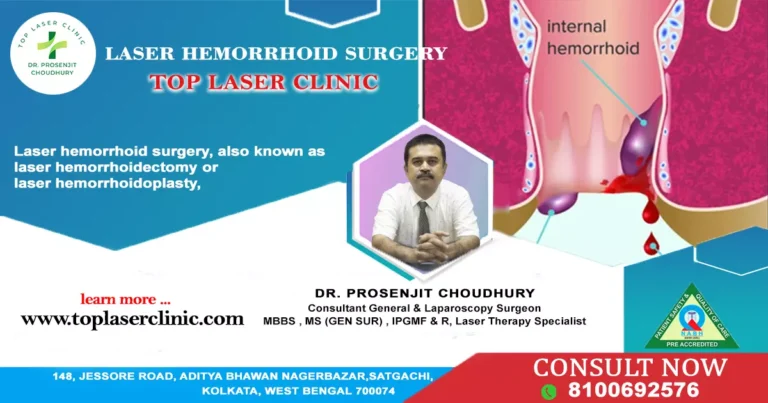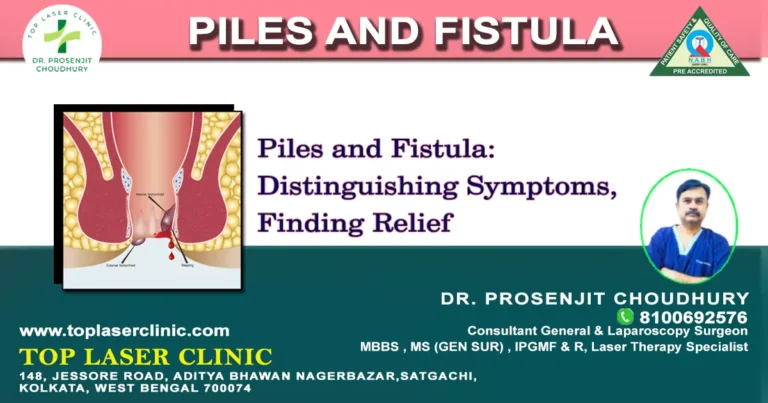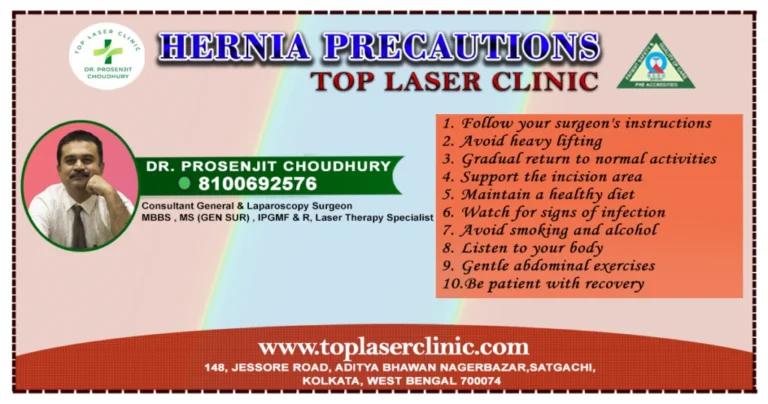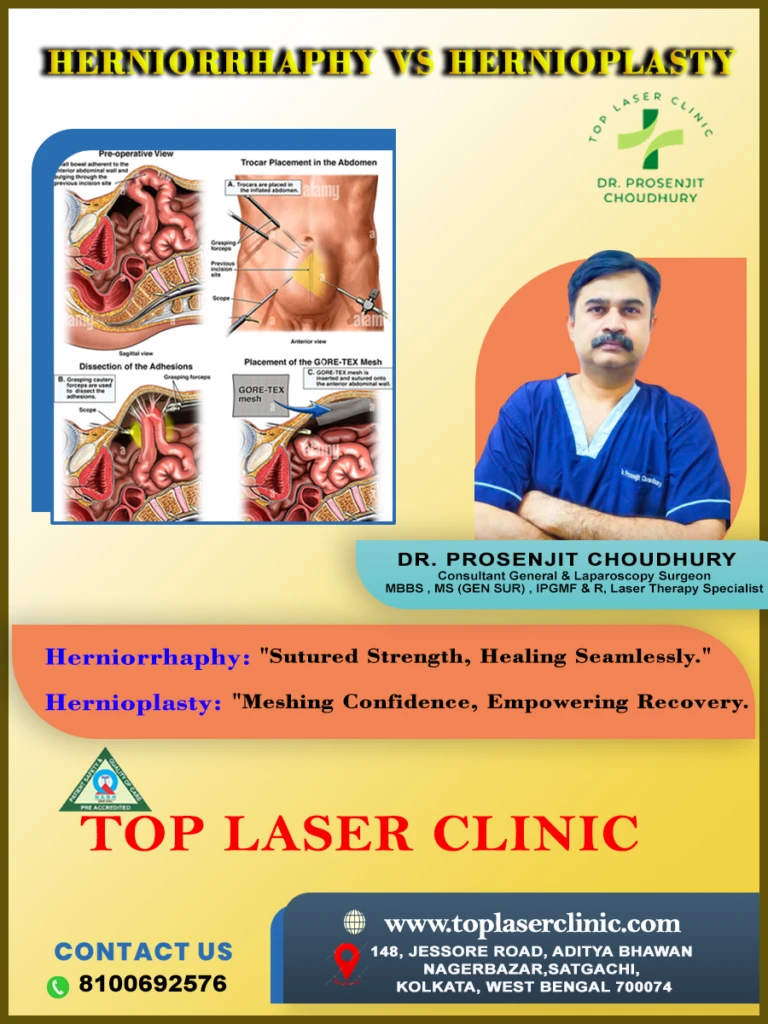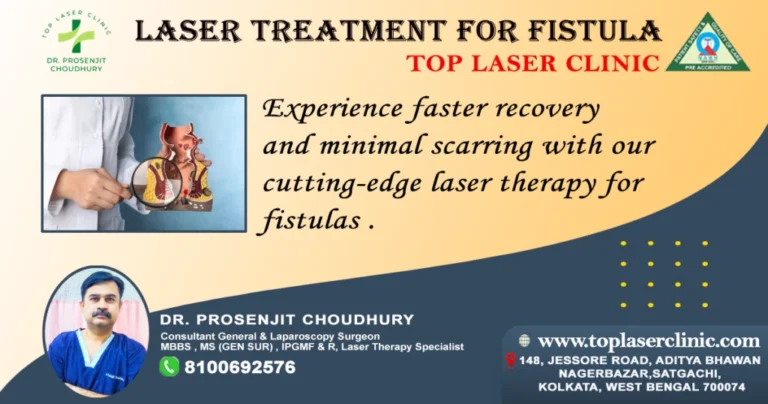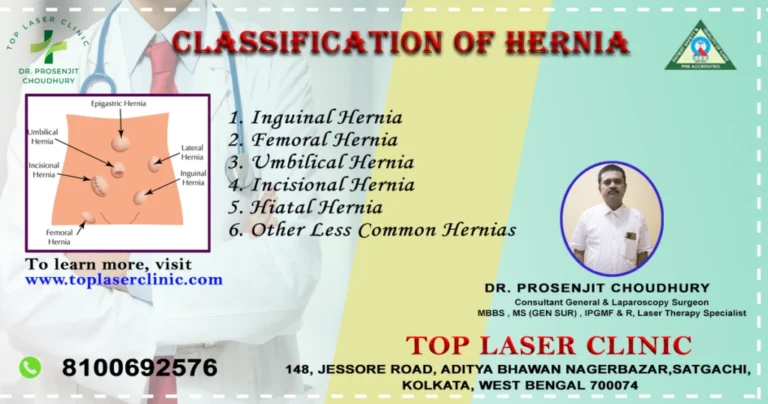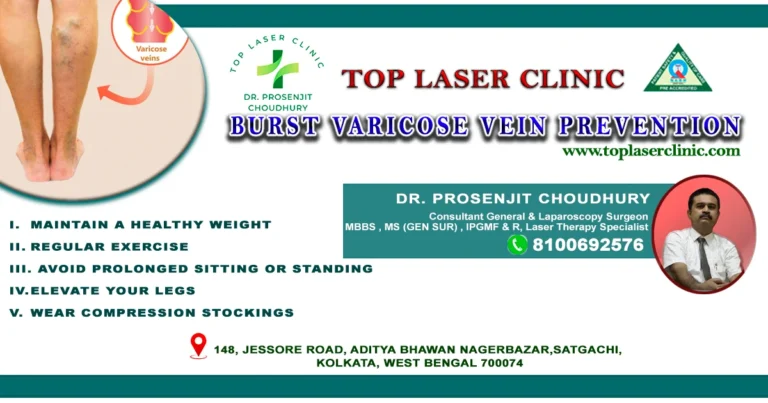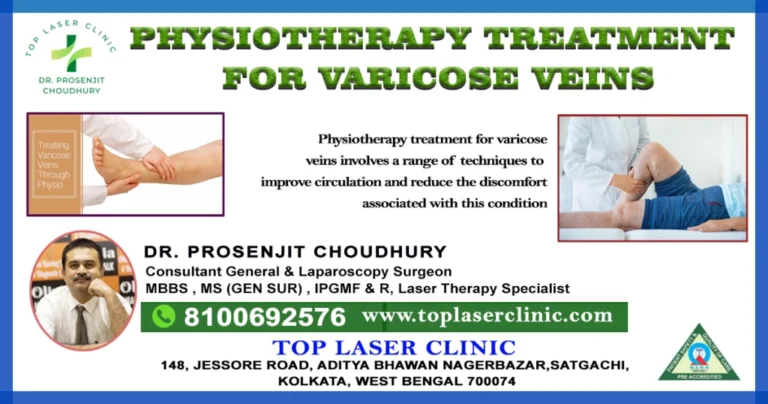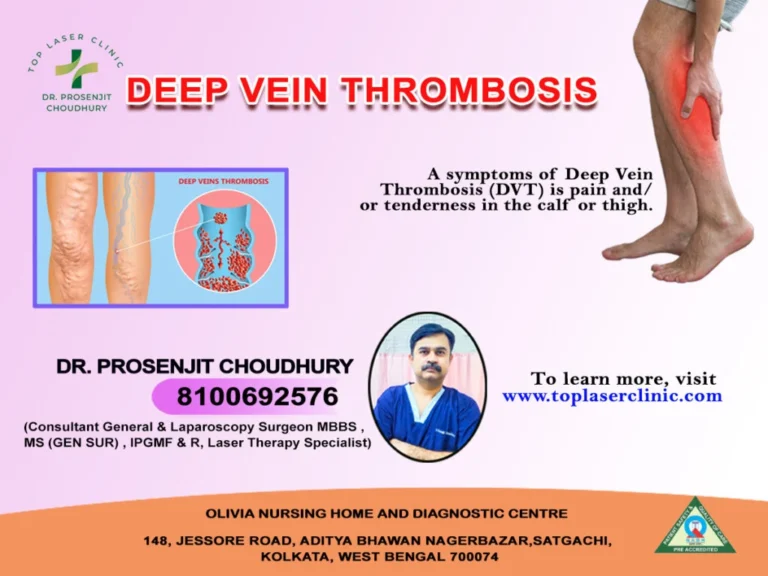
Laser hemorrhoid surgery, also known as laser hemorrhoidectomy or laser hemorrhoidoplasty, is a modern and minimally invasive technique used to treat hemorrhoids. Like any medical procedure, it comes with its own set of advantages and disadvantages.
Here are some pros and cons of laser hemorrhoid surgery:
Pros:
Minimally invasive:
Laser hemorrhoid surgery is considered minimally invasive compared to traditional surgical methods. It involves using a focused laser beam to precisely target and remove the hemorrhoidal tissue.
Reduced bleeding:
The laser’s high-energy beam can coagulate blood vessels as it cuts, leading to reduced bleeding during the procedure. This can result in less post-operative bleeding and discomfort.
Faster healing:
The laser’s precision allows for more controlled tissue removal, leading to less damage to surrounding tissues. This often translates to faster healing and recovery times compared to conventional surgical techniques.
Reduced risk of complications:
The reduced tissue trauma and precision of the laser procedure can potentially lower the risk of complications such as infection and anal stenosis (narrowing of the anal canal).
Outpatient procedure:
In many cases, laser hemorrhoid surgery can be performed on an outpatient basis, meaning patients can usually go home on the same day as the procedure.

Cons:
Cost:
Laser hemorrhoid surgery can be more expensive than traditional surgical methods due to the use of specialized equipment and technology.
Skill and availability:
Not all healthcare facilities or surgeons may have the necessary expertise and equipment to perform laser hemorrhoid surgery, limiting its availability in some areas.
Effectiveness:
While laser hemorrhoid surgery is generally effective for treating hemorrhoids, it may not be suitable for all cases. Larger or more severe hemorrhoids may require alternative surgical approaches.
Possible recurrence:
Like any hemorrhoid treatment, there is a possibility of hemorrhoids recurring after laser surgery, especially if the underlying causes (e.g., constipation, low-fiber diet) are not addressed.

Limited to certain types of hemorrhoids:
Laser surgery may not be suitable for treating external hemorrhoids or hemorrhoids that are too large or complex.
Nerve sensitivity:
The use of laser energy can cause nerve irritation or sensitivity in the treated area, leading to temporary discomfort.
It’s essential to consult with a qualified healthcare professional to determine whether laser hemorrhoid surgery is the right treatment option for your specific condition. They can assess your individual case, discuss the potential risks and benefits, and recommend the most appropriate course of action for your hemorrhoid treatment.
